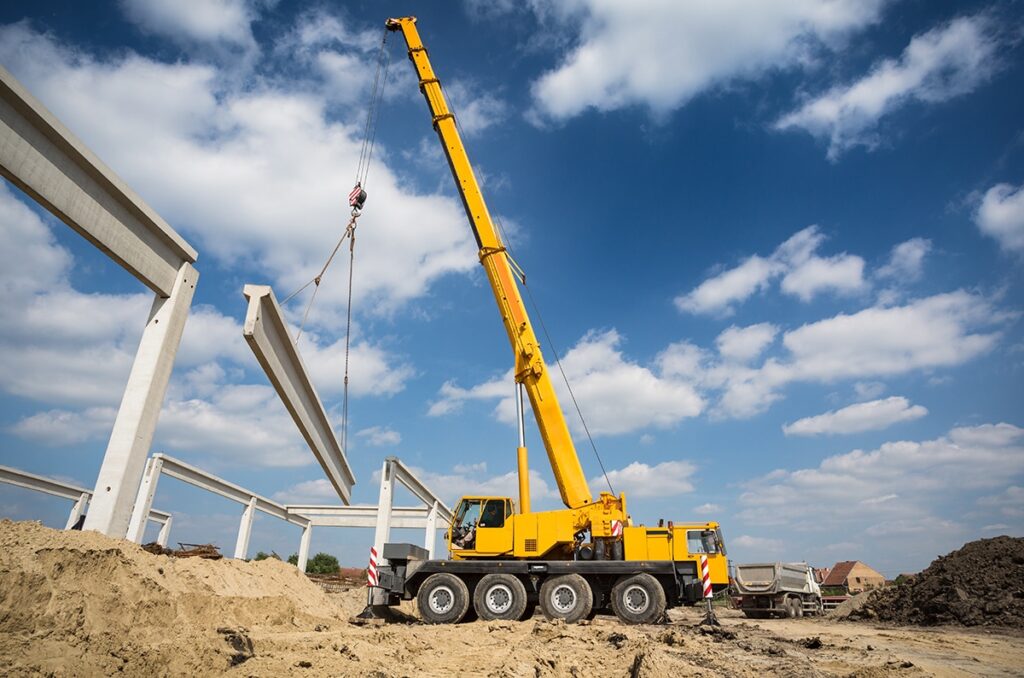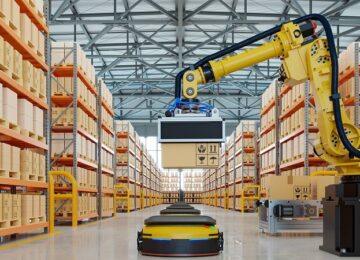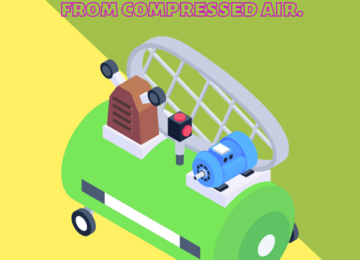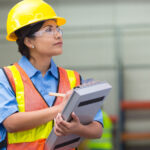It is impossible to think about construction without a crane. From reaching the heights of skyscrapers to roof installations- a crane is required for every step of the construction. For optimum efficiency, a crane comes with various parts. Each part has different roles to serve. It is important to understand different crane model parts to make the most of the crane usage.
Hook and Hoist
A hook joins the hoist, and the end effector supports the weight of the load. The hoist is a lifting mechanism that anchors, lifts or drops the load with wire rope or chains. Hoists can be operated manually, electrically, or with compressed air (pneumatic).
Trolley
Along the crane’s bridge, trolleys move and support the hoist. The trolley can be configured up to travel top-down or bottom-up, on a beam or within a track system.
Bridge
It is the load-bearing section that spans the length of the crane. It is made up of bridges. This is the main structural component of a crane that links the runways. This part holds the hoists and trolleys. Bridges can have either single or double beams.
Columns
Jib cranes are supported by a single column, whereas overhead cranes require multiple columns to support the lifting system safely. Columns are all built to the size required by the area to maximize lifting elevation.
Runway and End Trucks
Runways move the crane up and down the bays. They either come in-built or need column support. End trucks are located on either side of the bridge. These move the bridge up and down the runways. End trucks feature wheels that travel on the rail and can have up to eight wheels based on the capacity of the crane.
Electrification
The electrification system depends on the amount of electricity required and power availability. Power is delivered to the lifting system via festooning systems (cables), insulated conductor bars, and power boxes. This is one of the important crane model parts.
Controls
Controllers are available in a variety of shapes, including mounted, battery-operated remote controls and hanging pendants. To manage the hoist and speed for exact load placing, the controls drive and run the hoist motors. Most crane systems allow for the retrofit of remote pendants.
Bumpers
Bumpers put the cranes to a controlled stop by reducing the force. Bumpers can be fitted to many crane components. Crane stops are another name for bumpers.
End Effectors
End effectors are what the crane system “grabs” with. End effectors are most effective when tailored to lift a particular load. They can use cabling or strapping. Also, there are many stock options for loads. A bespoke end effector is safer, faster, and more consistent for weight lifting.
Conclusion
It is quite wonderful how the crane can hold such heavy loads without tipping over. Many cranes use counterweights at the back to maintain balance when carrying huge loads. Outriggers are used to stabilize the crane body to the ground when counterweights are insufficient or not present. It is important to know the various crane model parts for better operation as well as for personal safety.












